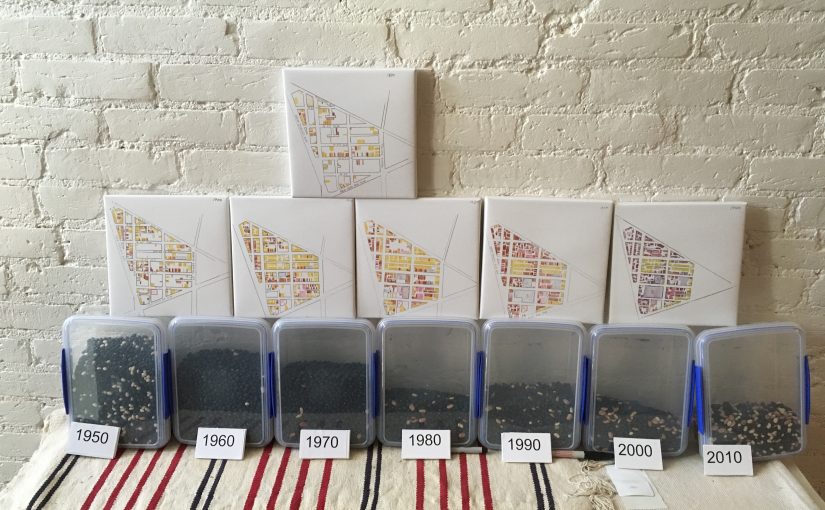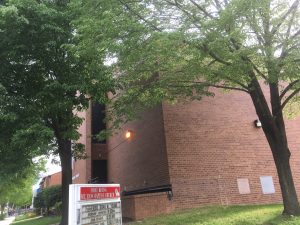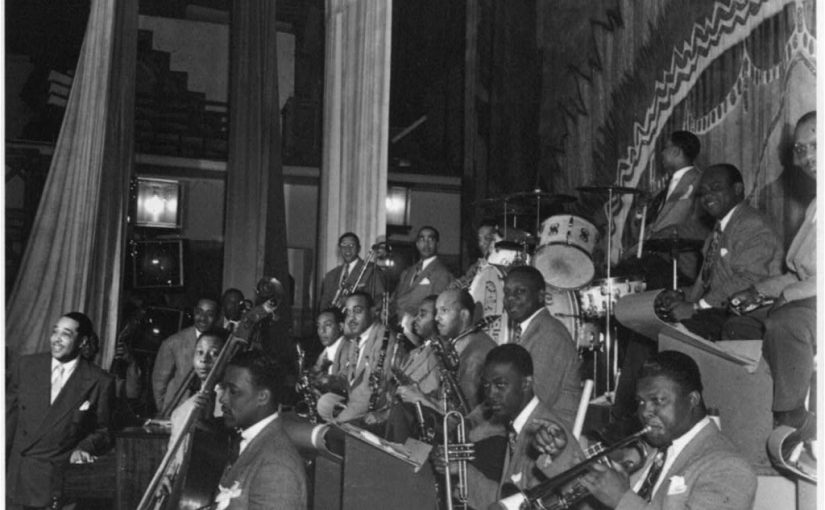This is old, but the data I needed was buried in a file. The Institute on Metropolitan Opportunity- University of Minnesota Law School put out a study that was reported on by the Washington Post and DCist. The 7-page study is general and I have no beef with it, but its is the interactive map that has me questioning it.
Truxton by the numbers
I might not know the US in general but I sure as heck know Truxton Circle. Let’s look at the study’s numbers for the change from 2000 to 2016 by race:
Asian: 110
Black: -1232
Hispanic: 34
White: 926
Let’s look at my numbers for 1970 to 2010
| Year | Total | Black | White | Latino/Asian/ Etc |
| 1970 | 5830 | 5768 | 21 | 41 |
| 1980 | 3349 | 3249 | 61 | 39 |
| 1990 | 3623 | 3347 | 189 | 87 |
| 2000 | 2997 | 2713 | 103 | 181 |
| 2010 | 3028 | 1964 | 816 | 248 |
The trend since 1970 was downward for everyone, mainly African-Americans since they/we were slowly departing the neighborhood. So the -2,519 of the Black population in Truxton Circle from 1970 to 1980, can we also call that displacement? It’s much bigger than the loss of 1,232 from 2000 to 2016. Now I’ll acknowledge a bump in populace from 1980 to 1990 of almost 300 people, but apparently by 1990 they several hundred said ‘screw this’ (or got shot) and left in droves by 2000. The 00s had numbers so low, I think those numbers hadn’t been seen since the 19th Century when vast swaths of land were undeveloped.
The loss of Afro-American residents from 2000 to 2010 was 749. The study map has it from 2000 to 2016 down by 1232, so an extra 483 left between 2010 and 2016. There is a trend, prior to gentrification of fewer and fewer Black residents.
Whaddya want White Flight. Again?
Let’s expand that table, shall we? Apologies for not having the Black population for 1940.
| Year | Total | Black | White | Everyone Else |
| 1940 | 8244 | ….. | 1718 | …. |
| 1950 | 7720 | 6186 | 1511 | 23 |
| 1960 | 6789 | 6716 | 58 | 15 |
| 1970 | 5830 | 5768 | 21 | 41 |
| 1980 | 3349 | 3249 | 61 | 39 |
| 1990 | 3623 | 3347 | 189 | 87 |
| 2000 | 2997 | 2713 | 103 | 181 |
| 2010 | 3028 | 1964 | 816 | 248 |
In 2016 the white population should have crested above one thousand, but still not at 1940s or 1950s levels. So let’s say trends continue and the white population continues to grow, maybe getting back to 1950s levels. You know what happened to DC whites after 1950? They began to leave the city in droves, as did TC whites. So when in complaining about the growing the white population, is it a request for white flight?
Various reasons for demographic changes
Demographic changes, aka gentrification. The narrative is that it is displacement. So I return to my question about the loss of 2519 blacks in 1980, was that displacement? Maybe. Was it gentrification? Probably not. Was it crack? That would explain a loss between 1980 and 1990, but there wasn’t a decline. Thinking of my own block I can think of various reasons for the demographic change between 2000 and 2016.
Fewer Section 8s- Or Housing Choice Vouchers or whatever you want to call it, but aka Section 8. There were a few suspected Section 8 houses around, two on my block owned by one fellow who seemed to have gotten into financial trouble and had to sell them. The new owners did not keep them as Section 8, but lived in them a short while and rented them out at market rate. Fewer landlords are chasing Section 8 renters, when the area attracts market-rate renters. And there are accidental landlords (former resident homeowners) who are not savvy or interested in the voucher program.
Not a one to one exchange- My next door neighbors, 2 white men, bought their house from a black family of 5 (mom, dad, two kids, and grandpa). Units that had larger families got replaced by singles and childless couples.
Not enough middle-class Black people moving in- Think of the population from year to year as a river of water that is fed by tiny little streams. As low-income African Americans moved out they’d be replaced by other low-income AfAms. However, this flow is blocked by the loss of low-income rentals in favor of mixed-income and luxury rentals and for sale housing. The city government is more likely to increase low-income housing in areas where property is cheap, so not here. But if the goal is racial diversity, then middle-class Black families would need to stream in. However, there aren’t enough middle-class Black households interested in moving into the urban core. Also, programming targeted at AfAms are more interested in having low-income Blacks as clients, as opposed to creating strong, independent middle-class Blacks.



